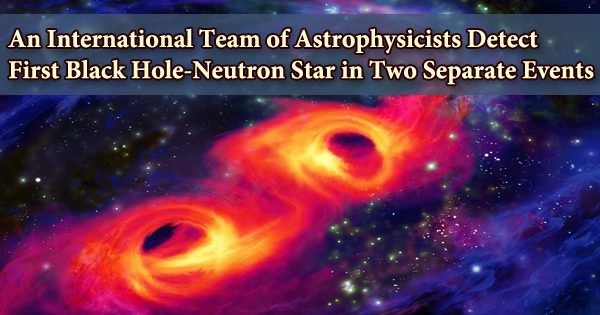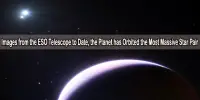The Cosmic Calendar is a method for visualizing the chronology of the universe, scaling its currently understood age of 13.8 billion years to a single year to aid in pedagogical purposes in science education or popular science. The Cosmic Calendar concept is a way to visualize and comprehend the vast timescales of the universe by compressing the entire history of the universe into a single year. This analogy was popularized by Carl Sagan in his television series “Cosmos: A Personal Voyage.”
The Big Bang occurred at the beginning of January 1 at midnight in this visualization, and the current moment maps onto the end of December 31 just before midnight. At this scale, a cosmic second is 437.5 years, an hour is 1.575 million years, and a day is 37.8 million years.
Here’s a simplified breakdown of the Cosmic Calendar:
- January 1: The Big Bang – The universe begins.
- January 1 – March 14: The early moments – The universe expands rapidly, and basic elements form.
- March 15: The Milky Way Galaxy forms.
- August 31: The Earth forms.
- September 21: The first life on Earth appears.
- November 1: Multi-cellular life evolves.
- December 17: The first animals appear.
- December 26: The first land-dwelling creatures evolve.
- December 28: The first dinosaurs appear.
- December 30: Dinosaurs go extinct.
- December 31 – 6:00 PM: The first humans appear.
- December 31 – 11:59 PM: Recorded history begins.
The entire history of the universe is compressed into a single year in the Cosmic Calendar, with each day representing a specific span of time. The concept helps to put the evolution of the universe into context, making it easier for people to comprehend the vastness of the universe.
















